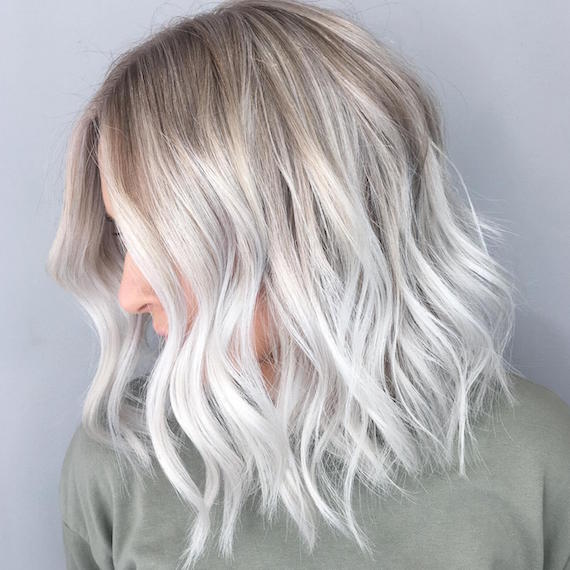

- Professional hair color lines for salons how to#
- Professional hair color lines for salons skin#
- Professional hair color lines for salons professional#
Alternatively, they consist of small pigment molecules that can go inside the hair shaft with the help of peroxide. They deposit acidic dyes on the outside of the hair shaft. Then there are temporary hair colors, also known as semi-permanent hair colors. Some of these natural colorants can even last through several rounds of shampoo! In short, these use natural agents that contain pigments (such as henna or black walnut shells) that work by coating the hair shaft with color. First, there are natural hair colorants, which people have been using for thousands of years. There are a handful of different types of hair colors that are used to dye hair. Read Next: What the Heck Causes Grey Hair? Types of Hair Color Roughly equal amounts of pheomelanin and eumelanin results in red hair. According to Biochemistry, Melanin, varying degrees of black and brown eumelanin results in black and brown hair.Ī small amount of brown eumelanin and the absence of black eumelanin results in blonde hair. The absence of both of these proteins produces white or gray hair. The former is responsible for brown to black hair shades, while the latter is responsible for golden blond, ginger, and red hues.

Professional hair color lines for salons skin#
Hair is made up of keratin, the same protein found in your skin and fingernails, but keratin has nothing to do with hair color (keratin itself is naturally light yellow in color).īefore hair turns gray, its color results from the ratio and quantities of two out of three other proteins called melanocytes: eumelanin and pheomelanin. The Chemistry of Gray Hair and Hair Color

Professional hair color lines for salons how to#
How to Cover Gray Roots Between Salon Visits.How to Grow Out Gray Hair That Is Colored.
Professional hair color lines for salons professional#
On the other hand, professional hair color is meant to cater to your hair’s specific natural color, porosity, density, and elasticity so that damage is minimized, making professional hair color safer for your hair.Īs a result, professional hair color brands are made with the client’s specific needs in mind, not their wallets. That’s why store-bought boxed-brand hair color is so dangerous for your hair. The higher the level of lifting agents like ammonia, the lighter your hair will become. This means that the lifting agent used in these store-bought brands is often depositing the highest amount allowed in salons – sometimes even higher! Unfortunately, doing this can cause over-processing of your hair and can cause damage ( called a chemical cut).Ĭolor lifting or stripping agents do as they say on the tin – they strip or “lift” some (or most) of the natural pigment from your hair so that you can deposit colored dye back into it. Store-bought hair color is meant to be a one-size-fits-all, meant to work on hair ranging from dark brown to light blonde. Professional hair color, also called salon hair dye, is different from your at-home store-bought boxed brand hair color.


 0 kommentar(er)
0 kommentar(er)
